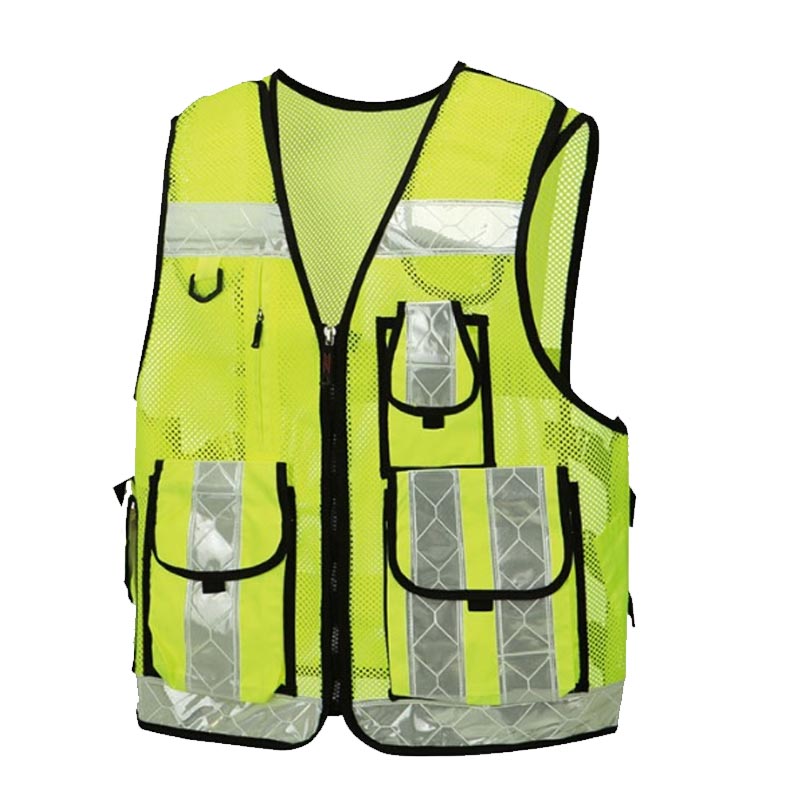Are you a brand owner, wholesaler, retailer, or Amazon seller looking to import high-quality dog safety vests from China? Are you aware of the crucial factors to consider when choosing a supplier and navigating the import process? In this comprehensive guide, we will provide you with all the information you need to successfully import dog safety vests from China, addressing your pain points and the questions that matter most to your business. Let’s get started!
What Are the Key Factors to Consider When Importing Dog Safety Vests from China?
- Identifying Your Target Market: Before importing dog safety vests, it’s essential to understand your target market’s needs and preferences. Research your potential customers, their demographics, and the specific safety requirements for dog vests in your region.
- Product Specifications: Define the specifications of the dog safety vests you want to import, such as material, design, size range, and additional features. Consider factors like durability, reflectiveness, adjustable straps, LED lights, and breathability. Make sure the product meets relevant safety standards and regulations in your target market.
- Finding a Reliable Supplier: Perform thorough research to find a reliable Chinese supplier with experience in producing dog safety vests. Look for suppliers with a strong reputation, quality certifications like ISO 9001 or CE marking, and positive customer reviews.
- Pricing and Negotiation: Request quotes from multiple suppliers to compare prices and determine the best value for money. While negotiating prices, don’t compromise on product quality, as it’s crucial for your brand’s reputation and customer satisfaction.
- Customization Options: To cater to your target audience, inquire about customization options offered by the supplier. This may include color variations, logo printing, packaging design, and custom labeling.
- Minimum Order Quantity (MOQ): Understand the supplier’s MOQ requirements to plan your inventory and budget accordingly. Negotiate the MOQ if necessary to meet your business needs.
- Payment Terms: Clarify payment terms and conditions with the supplier, including payment methods, payment schedule, and currency. Ensure the supplier offers secure payment options to protect your financial interests.
- Shipping and Lead Times: Discuss the supplier’s production capacity, lead times, and shipping options. Choose a supplier that can provide accurate delivery estimates and clear communication throughout the process.
- Quality Control and Inspection: Implement a quality control process to ensure the dog safety vests meet your standards. This may include pre-shipment inspections, third-party inspections, or factory visits.
- After-sales Support: Assess the supplier’s after-sales support, including warranty, return, or replacement policies. A supplier with strong after-sales support demonstrates their commitment to customer satisfaction.
Questions to Address B2B Buyers’ Pain Points and Concerns
- How can I verify the supplier’s credibility and reliability? Check the supplier’s certifications, company registration, and customer reviews. Additionally, consider contacting their previous clients or using third-party services like Alibaba or Global Sources to access verified supplier profiles.
- How can I ensure the dog safety vests meet my quality standards? Request samples from the supplier to evaluate the product quality. Implement a quality control process, including pre-shipment inspections or third-party inspections, to ensure the products meet your standards.
- How can I protect my intellectual property when importing from China? Register your intellectual property, such as patents, trademarks, and copyrights, in China.
Ensuring a Smooth Import Process: Tips and Tricks
- Consider Working with a Sourcing Agent: If you’re new to importing from China, consider working with a reputable sourcing agent. Sourcing agents have a deep understanding of the Chinese market, can negotiate better terms, and help ensure product quality.
- Understand Import Regulations: Familiarize yourself with the import regulations in your country to avoid legal issues or delays. This includes duties, taxes, and any specific documentation required for importing pet safety products.
- Plan for Delays: Whether it’s due to production delays or shipping issues, plan for potential delays to avoid running out of stock.
- Consider Cultural Differences: Understanding Chinese business culture can help build better relationships with your suppliers. Respect for hierarchy, maintaining “face,” and the importance of building relationships are key aspects of Chinese business culture.
- Communicate Clearly and Regularly: Clear communication is essential for a successful import process. Regularly communicate with your supplier to keep track of production, shipping, and any potential issues.
- Follow Up on After-Sales Service: After receiving your order, follow up with the supplier to address any issues or concerns. This is also a good time to discuss any changes or improvements for future orders.
Questions for Continuous Improvement
- How can I improve the quality of the dog safety vests? Continuously gathering customer feedback can provide valuable insights into how you can improve the product. This can involve changes in material, design, or additional features.
- How can I increase my profit margins? Look for ways to optimize costs without compromising quality. This might involve negotiating better terms with the supplier, optimizing shipping costs, or increasing operational efficiency.
- How can I expand my product range? Based on market trends and customer feedback, consider expanding your product range. This could include different types of pet safety products, new designs, or products for different breeds or sizes of dogs.
Conclusion
Importing dog safety vests from China for your business involves careful planning, thorough research, and continuous improvement. By considering the factors we discussed and addressing your pain points, you can navigate the import process successfully and grow your business. Remember, the key to a successful import business is not just about finding the cheapest supplier but building a reliable and sustainable supply chain that delivers quality products consistently.
We hope this guide has provided you with valuable insights and practical tips for your import journey. If you have any more questions or need further assistance, feel free to reach out. Happy importing!




